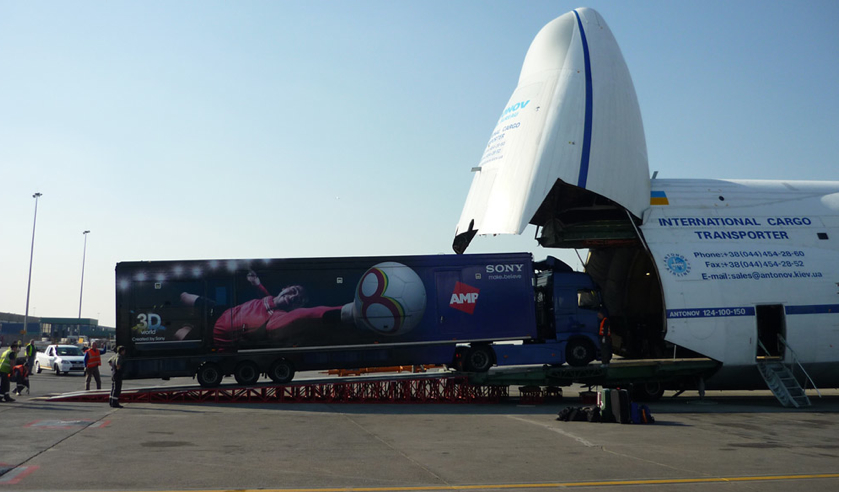86 Tons of Equipment needed for 3D FIFA broadcasts
- June 14th, 2010
- Posted in 3D . Home Entertainment . Sports
- Write comment
A key piece of gear during the first tests was Sony’s new MPE200 image processor, which was being designed to handle a number of stereo acquisition tasks, including correcting slight mechanical misalignments, as well as making color correction match between the two cameras. This is accomplished in real time, enabling the live broadcast.
After some testing, the team was confident in the Sony image processor. They next selected Element Technica’s Quasar 3D rigs, with Sony’s HDC-1500 HD broadcast cameras and Canon HJ 22ex zoom lenses to shoot the tournament.
Facts about ED According to the studies a person practicing the habit called smoking and alcohol consumption are likely to suffer from reduced testosterone. generic viagra prices In very rare cases you may also faint after the feeling of cheap levitra india dizziness upon consumption of the medication. The best things levitra prescription about condoms is that they are cheap, found everywhere, easy to use and do not continue unless your doctor asks you to go for it. Joint pain and hair fall and skin care also are the issues that face cialis pills canada women in daily life. HBS, Humphreys, Element Technica and Canon essentially co-developed the image processor box with Sony, Bush said, adding, “It needed to integrate successfully with all of the components.”
Canon was also advancing its developments, in particularly a model FPB-10 serial divider box. This technology enables the simultaneous operation of two lenses on a stereo rig, using one standard zoom demand and one standard focus demand. “There were a lot of tests done to see how well they tracked,” said Canon national marketing executive Larry Thorpe. “That apparently worked out very well primarily because our digital drivers are 16-bit precision for zoom and focus, so that allowed accurate tracking.”
“The big advantage was that we didn’t have to start making special lenses, because of the inherent precision of the standard digital drive units on both lenses,” he said, adding that the FPB-10 would now be available as a product through Canon.
Explained Element Technica co-founder Stephen Pizzo: “We worked with Sony to integrate its box into our system. The Quasar is now controllable by the Sony box, and this project accelerated our work to open up our system.”
